Thinking about going gluten-free but feeling totally overwhelmed? You’re not alone. As a dietitian (and someone who’s been navigating this lifestyle at home for over a decade), I get how confusing those first steps can be. But here’s the good news—you can simplify gluten-free cooking with just a few key strategies that make everything feel a whole lot more doable.
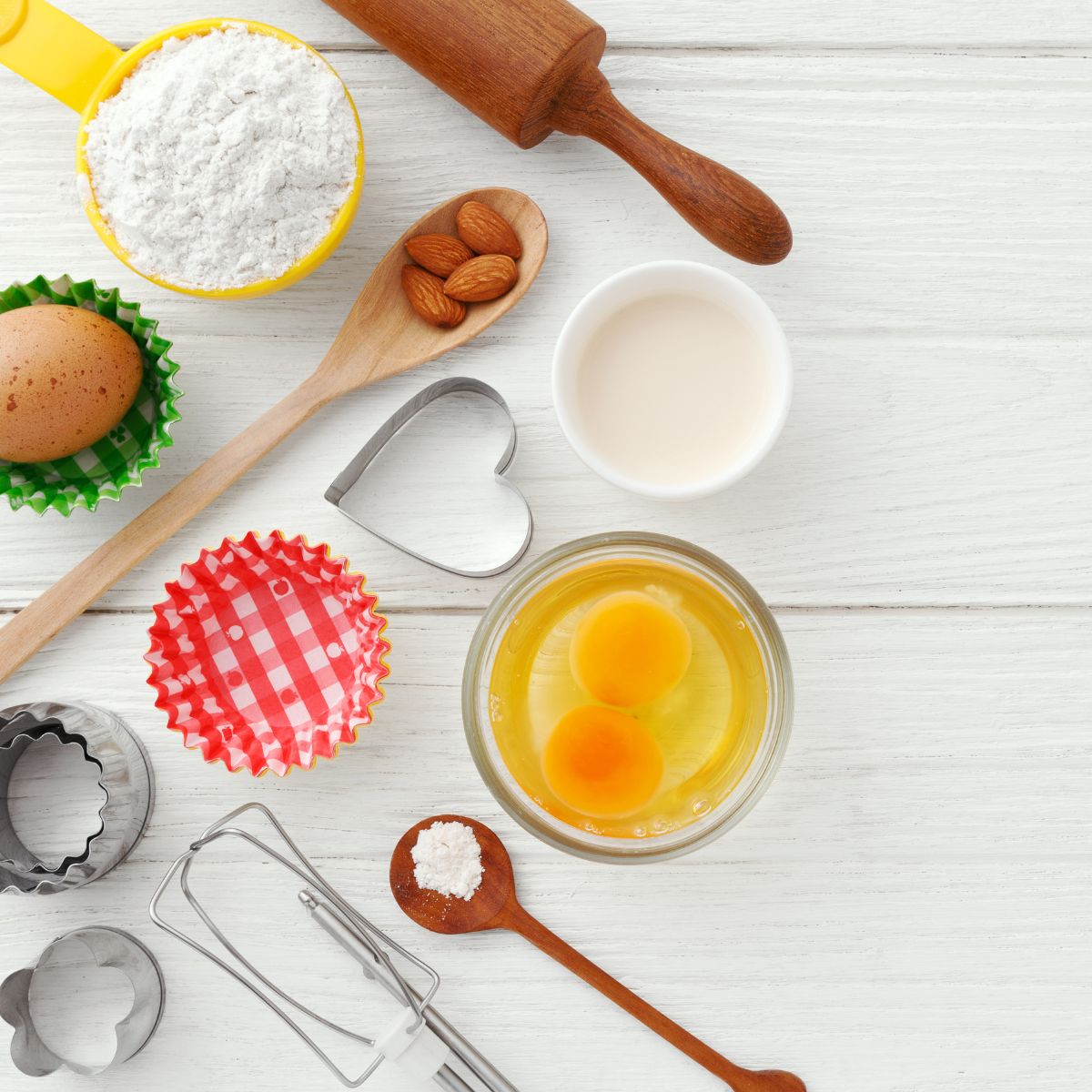
Between hidden gluten in everyday foods and all the mixed info online, it’s easy to second-guess yourself. Whether you’re starting this journey for celiac disease, an autoimmune condition, or another medical reason, these four tips will help you cook with more confidence (and way less stress).
Jump to:
The gluten-free guide below is based on personal experience and research. Always be sure to discuss any medical changes with your doctor for your personal medical needs. Additionally, this post contains affiliate links. As an Amazon Associate I earn from qualifying purchases. My full disclosure isn’t that interesting, but you can find it here.
Master the Basics of Gluten-Free Ingredients
You are more likely to be successful in decoding gluten-free cooking when you address the elephant in the room (gluten). Most first-timers find it challenging to understand what gluten is and where it normally hides.
In simple terms, gluten is a type of protein found naturally in grains like barley, wheat, and rye. This protein helps foods maintain their shape. This means that conventional breads and pastas are completely off-limits on a gluten-free diet.
However, gluten also tends to hide in sauces, soups, thickening agents, and other processed foods. To simplify gluten-free cooking, you must avoid the direct and indirect sources. Here's how to do that:
- Start by stocking up on naturally gluten-free staples. That would include rice, quinoa, oats, lentils, vegetables, fruits, eggs, dairy, and most meats.
- Invest in a few certified gluten-free products. Foods sold as certified gluten-free in the US should have fewer than 20 parts per million of gluten.
- Use naturally gluten-free herbs and spices for enhanced flavors. These would include basil, rosemary, paprika, and turmeric.
- Ditch traditional binders that contain gluten in favor of safe options like cornstarch, arrowroot powder, etc.
Rethink Your Pantry and Kitchen Setup
If you’re new to gluten-free cooking, it may be essential and impactful to revamp your current kitchen environment. This is especially critical for those with extreme gluten intolerance or Celiac disease.
Gluten can linger in crumbs, dust, or even old containers. Once your pantry and cooking area get a makeover, you can cook with confidence and minimize the risk of cross-contamination. Plus, it will help you find what you need faster.
So, how to rethink your pantry and kitchen setup? Here’s a systematic breakdown to follow:
- Start by decluttering your pantry, drawers, and cabinets. Remove or donate any items containing gluten.
- Next, deep-clean kitchen surfaces, tools, and appliances. You can even consider investing in dedicated gluten-free tools if needed.
- If you live in a shared household, designate a gluten-free zone in your kitchen. It could be as simple as a dedicated cabinet, shelf, or countertop space used just for gluten-free ingredients and prep.
- Label utensils, appliances (if applicable), and containers using color-coded tools to avoid any confusion. For instance, you can choose red for regular use and blue for gluten-free.
- Group items by category while storing for easier access. An example would be arranging spices by type or frequency of use.
Keep in mind that your cooking space is as important as the ingredients. Revamping your kitchen will take some effort upfront, but it will prevent accidental gluten exposure.
Use a Pressure Cooker for Fast and Easy Meals
The pressure cooker, or an Instant Pot, is a game-changer when it comes to simplifying gluten-free cooking. It is great for beginners as meals are easy to prepare and require less time.
Also, this appliance preserves the nutrients in the ingredients. Studies have shown that pressure-cooked beans retain six times the antioxidant levels compared to boiled ones.
This is not to imply that you should prepare all your meals in a pressure cooker. However, it’s an appliance that can be used daily, at least for staples like lentils, vegetables, and tougher cuts of meat.
On that note, be careful and use the pressure cooker safely. Misuse of the appliance or blocked valves can lead to pressure buildup. This increases the risk of a pressure cooker explosion, something which has become alarmingly commonplace these days.
The above article by TorHoerman Law shares how pressure cookers are known to cause injuries like severe burns, lacerations, and electric shocks. Thankfully, such misfortunes are avoidable; you simply need to:
- Check for any defects before cooking
- Avoid overfilling the pot
- Follow the manufacturer’s instructions closely
- Open the lid only after the pressure has been released completely
- Clean your appliance thoroughly after each use
So, what are some easy, nutritious, gluten-free meals you can prepare using a pressure cooker? Start with the simple chicken and vegetable stew before proceeding to complex meals like Mexican rice and beans, risotto, banana bread, and even brownies.
You can find a nice collection of gluten-free instant pot recipes here.
Practice Meal Planning and Batch Cooking
As you learn more about gluten-free ingredients, dish preparation methods, and so on, go easy on yourself. Don’t expect to get the hang of every recipe overnight. As mentioned previously, start with the easiest recipes and work your way up.
While you’re trying to perfect the complex ones, consider repeating recipes that you’ve mastered. In other words, take the guesswork out of daily meals through meal planning and batch cooking. This can lead to:
- Improved diet quality and quantity
- Prevention of obesity
- Cost-effective daily diet
- Better organization
- Reduction of food waste
Create a weekly meal plan that includes three to four core gluten-free dishes. Focus on dishes that are naturally gluten-free and that do not need too much scrutiny, like rice bowls, lentil stews, and oats.
Make a strategic grocery list based on the core recipes. As a pro tip, stick to the outer perimeter of the store, where fresh gluten-free items are typically available.
Again, a pressure cooker will come in handy to prepare large portions. For instance, you can make a double batch of black beans for tacos, grain bowls, and salads. Finally, freeze the extra portions as backup meals for days when you’re too tired to cook.
I know switching to a gluten-free lifestyle is a big change—especially if it’s for medical reasons and not just a trend. But it doesn’t have to be confusing or chaotic. These four tips aren’t about perfection—they’re about progress.
From understanding ingredients to setting up your space and making meals that actually work for your life, you’re laying the groundwork for a sustainable, gluten-free routine. Take what helps, leave the rest, and keep going.
You’ve got this—and I’m cheering you on every step of the way.

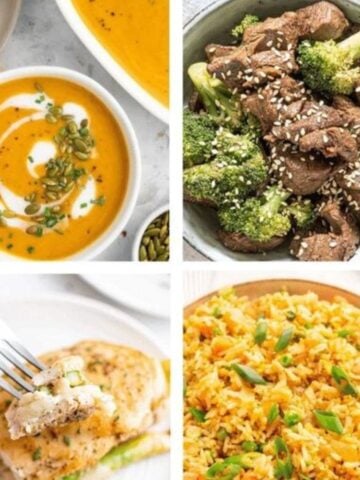
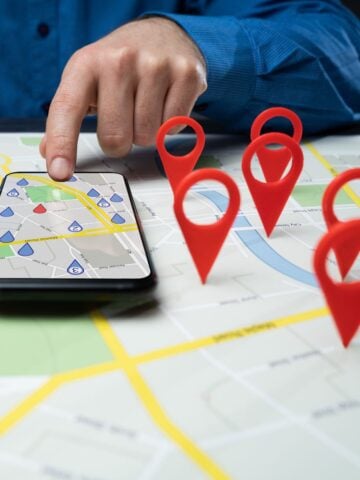
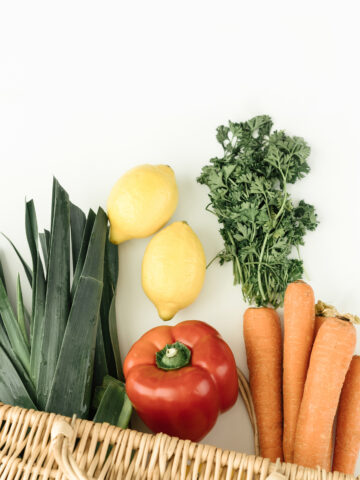
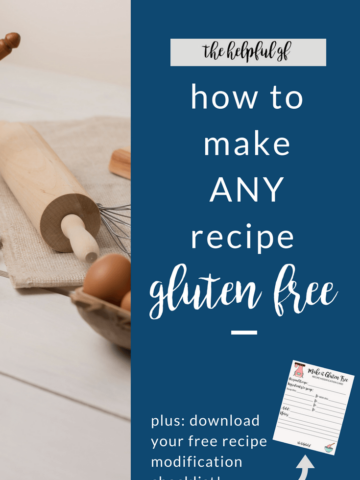
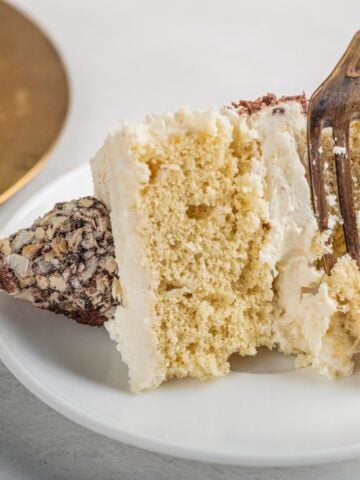



Leave a Reply